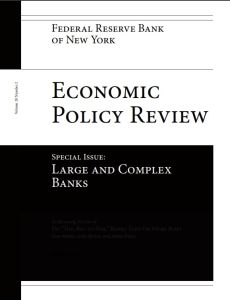
Recommendation
Years after the global financial crisis, US regulators are still struggling to create a system of orderly insolvency for too-big-to-fail financial institutions. In this short article, Federal Reserve Bank of New York attorney Joseph H. Sommer advocates the process known as “bail-in” and explains why it would best suit these institutions in case they face failure. Certainly, a bit of Latinate lawyer-speak intrudes into the report, but most readers will find it much more readable and far less turgid than the math-muddled discourses of the economists who typically write on such issues. If fact, because of the author’s short sentences, simple writing style and witty asides, this work is arguably one of the more accessible accounts of the technical aspects of bail-in, bankruptcy and insolvency. getAbstract recommends this analysis for its clarity as well as its informative content to interested readers as well as to financial professionals and policy makers.
Summary
About the Author
Joseph H. Sommer is an assistant vice president and counsel at the Federal Reserve Bank of New York.








Comment on this summary